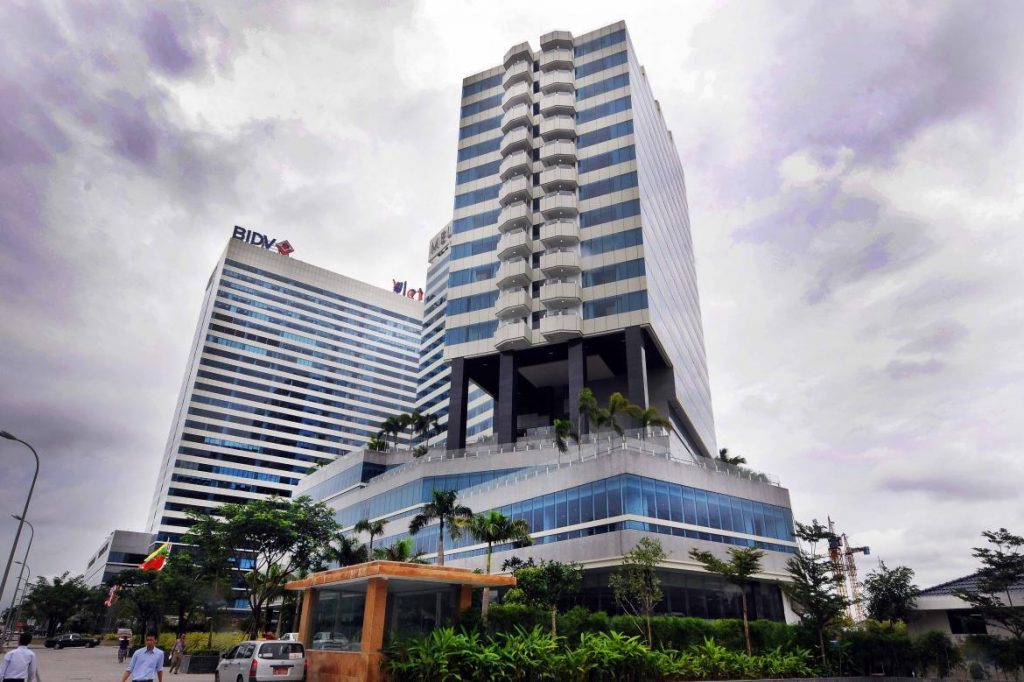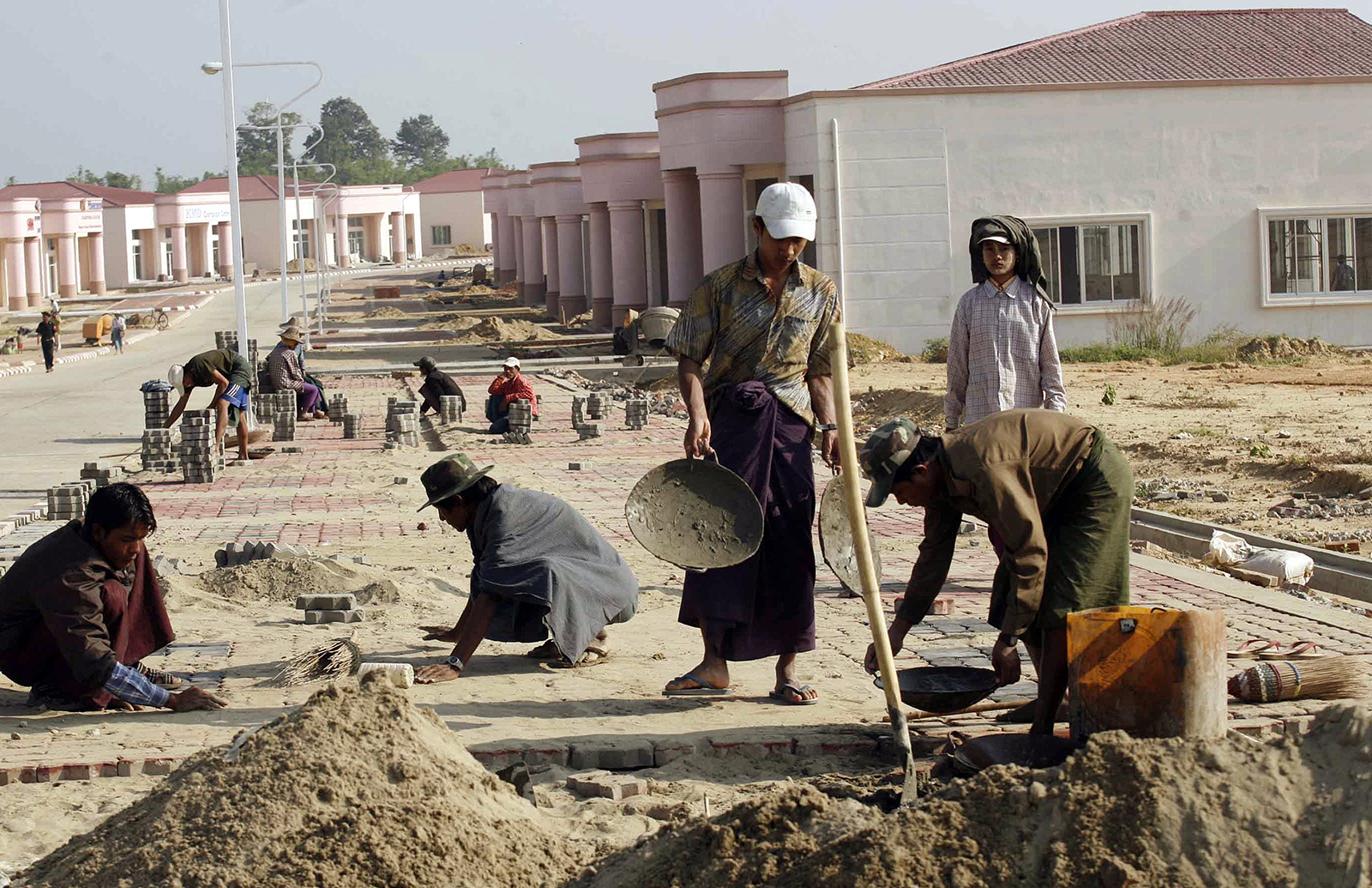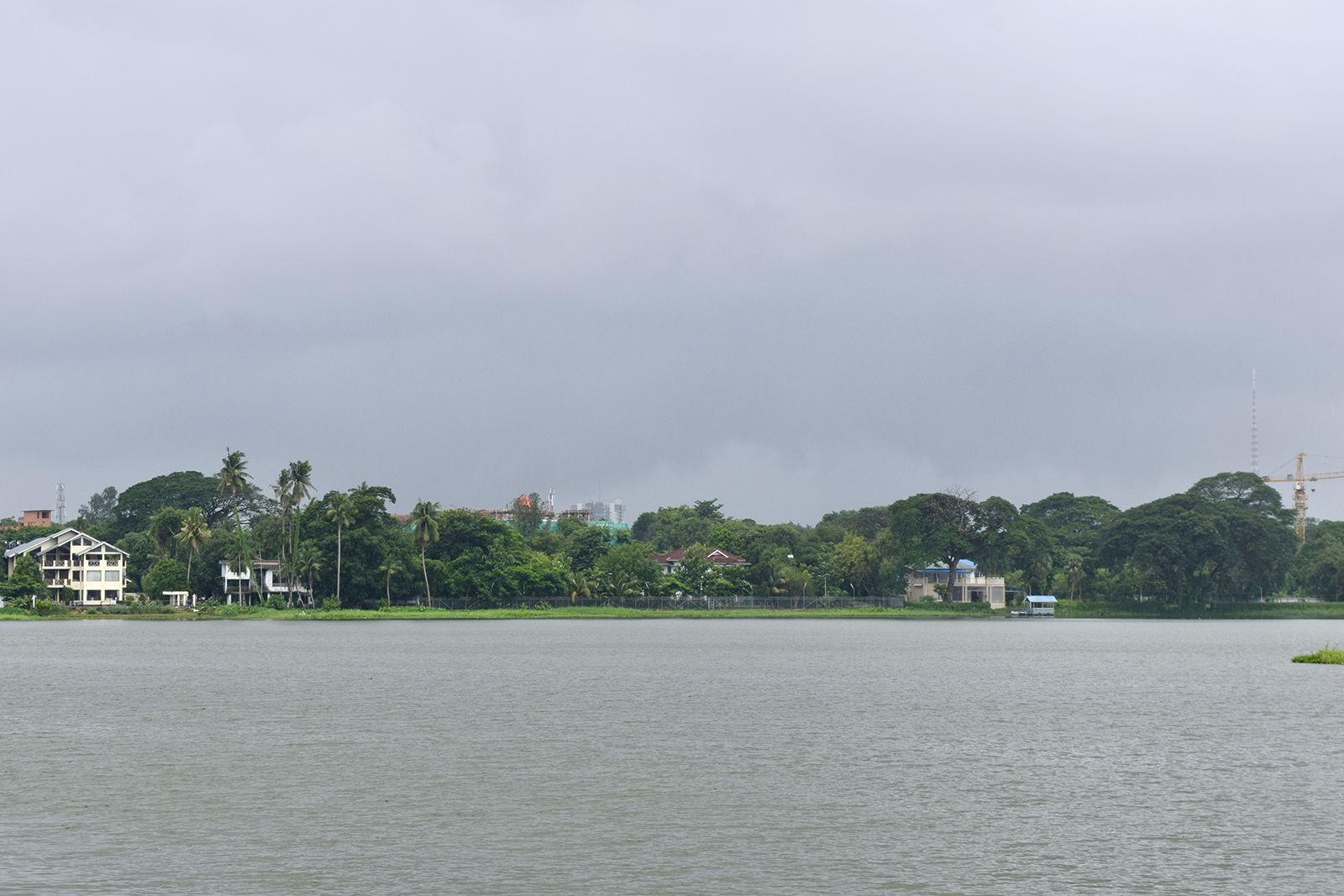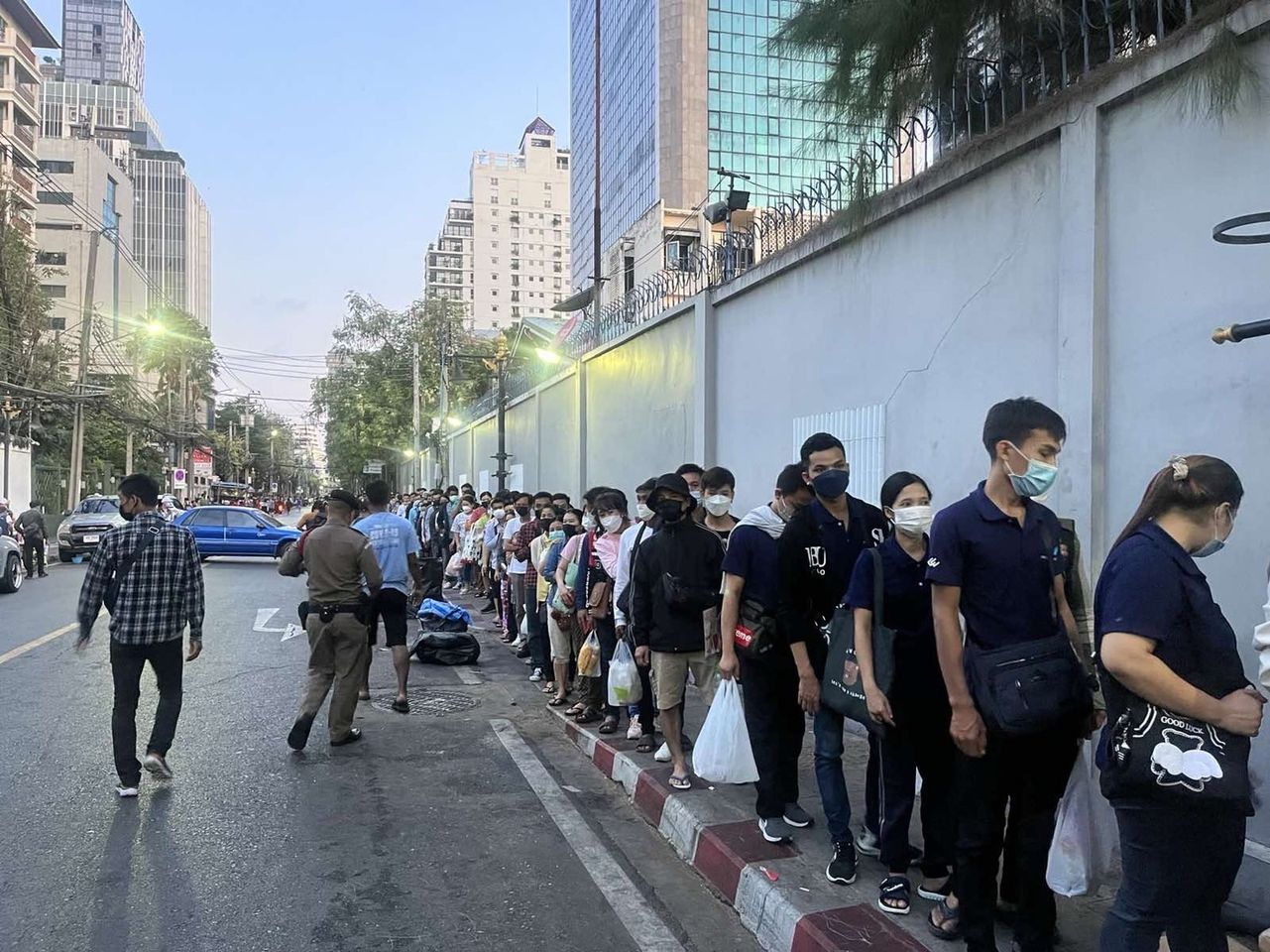By SEAN GLEESON | FRONTIER
YANGON — Visitors to Yangon are benefitting from a freefall in hotel prices, with total available rooms at the upscale end of the market forecast to nearly triple 2013 levels by the end of next year, according to real estate services firm Colliers International.
Hotel room supply has outstripped increases in foreign tourist and business arrivals over the last few years, the report said, with increased competition among midrange and high-end operators prompting dramatic rate cuts across the sector.
Average occupancy for upmarket hotels across the city has fallen to a record low of 42 percent by June 30, down nearly 2 percent from the previous year and with a further 8-10 percent by July 2017, according to the report. Average daily rates for hotels at the top end of the market declined 22 percent in the period.
In the mid-range market, average daily rates declined more than 30 percent in in the same period from US$101 to $70, while the occupancy rate has remained steady at around three quarters of all available rooms.
Support more independent journalism like this. Sign up to be a Frontier member.
Colliers analyst Tin Thandar Oo said that while a number of coming developments would fuel further competition in the market, future growth in the sector would require a wider reconsideration of the tourism industry.
“The country’s long neglected hotel and tourism market remains at a nascent stage, which requires extensive government and private initiatives to entice large numbers of luxury travelers,” she said in Wednesday’s report. “Besides the need for aggressive tourism campaigns, tackling poor infrastructure conditions is vital in the process.”
Hotel and tour operators have regularly called on the government to overhaul tourism policy and develop marketing campaigns aimed at drawing in a wider net of travellers.
Speaking to Frontier in August, industry leaders panned the National League for Democracy-led government for omitting mention of tourism in its economic manifesto for the coming five years, despite the sector contributing nearly 5 percent of national GDP in 2015.
The Ministry of Hotels and Tourism forecast in June that more than two million people would be directly or indirectly employed in the tourism industry by 2020, more than double the sector’s current size.
However, the ministry has come in for criticism over the manner in which it calculates tourism data. Figures last year claimed 4.6 million tourist arrivals last year, of which almost two-thirds were day-trippers from neighbouring countries, while the rest also comprises business and social visa arrivals.
Neighbouring Thailand, by contrast, had nearly 30 million tourist arrivals in 2015, with an estimated 10-15 percent contribution to total GDP.







